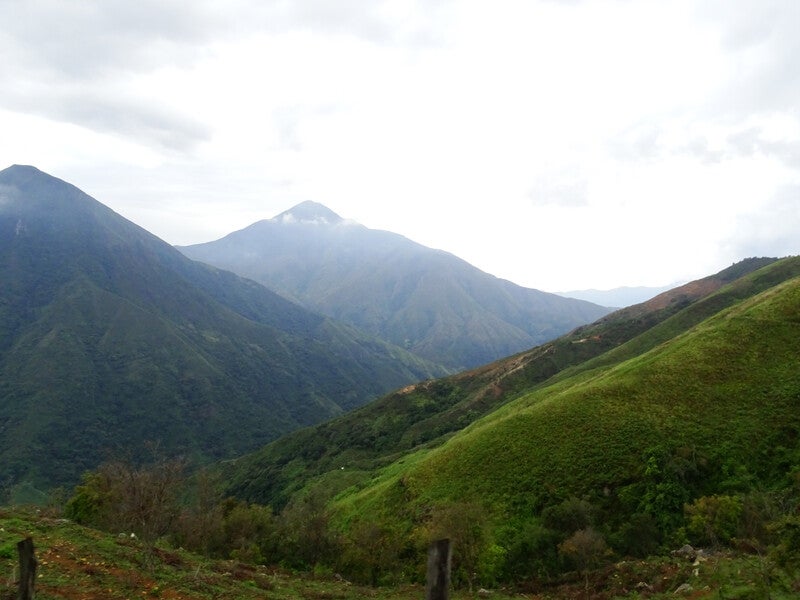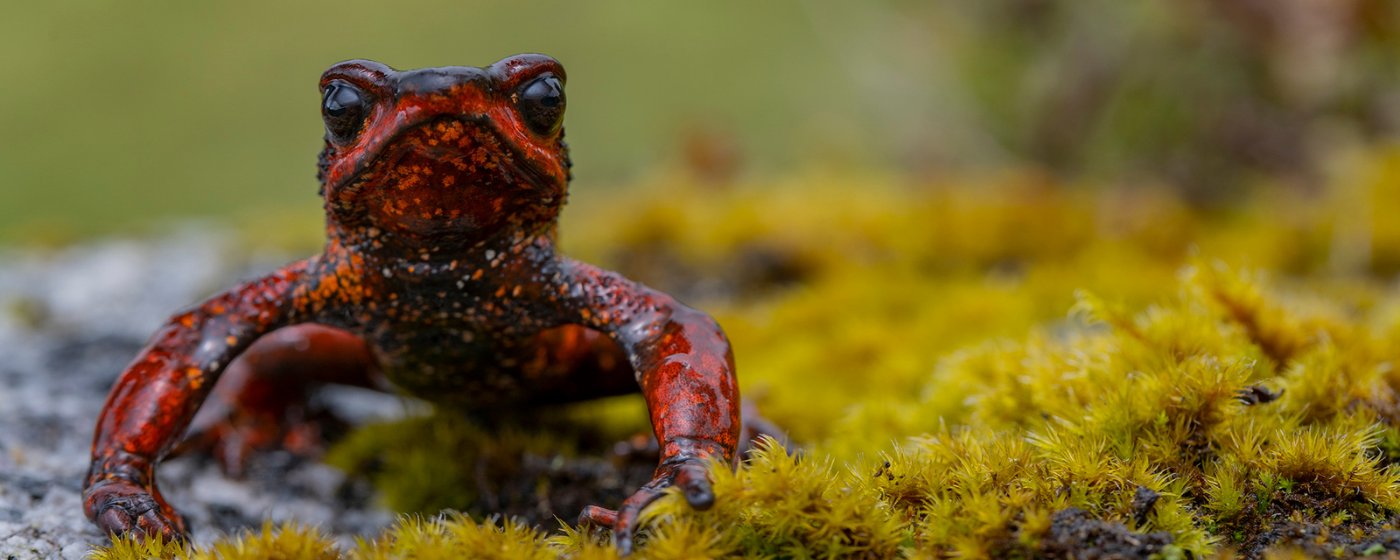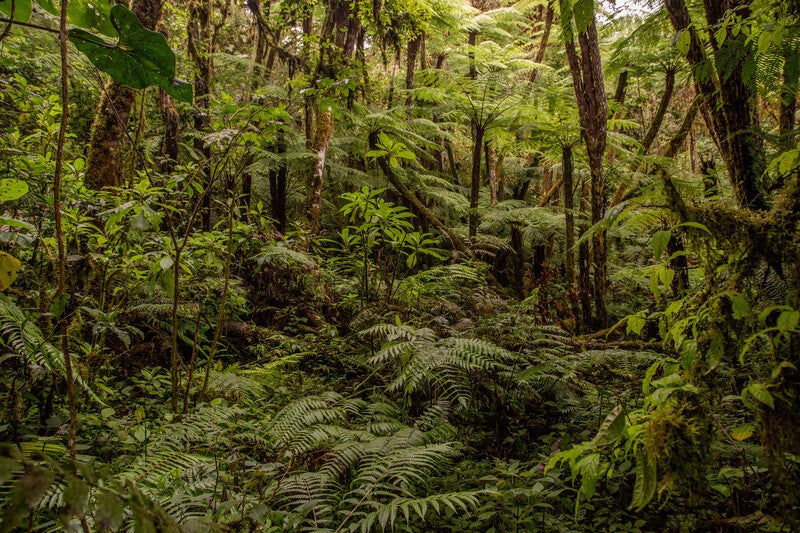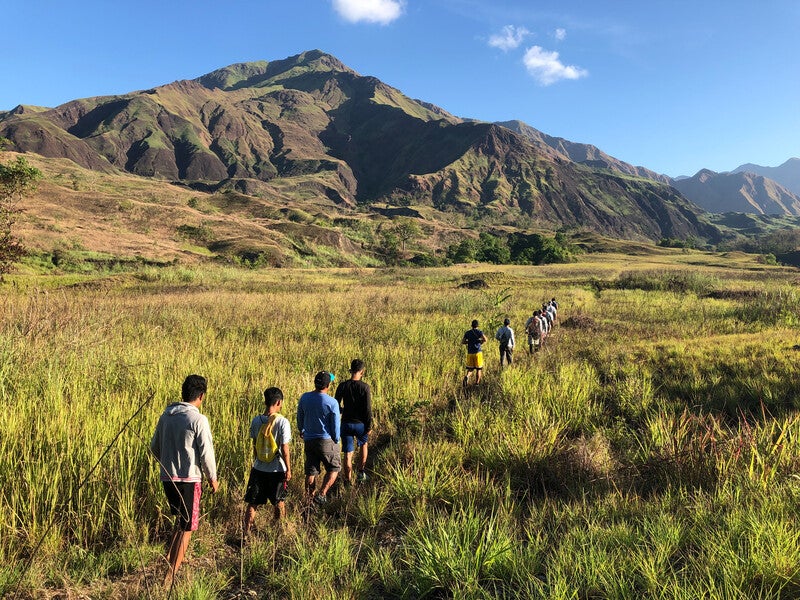Sierra Nevada de Santa Marta
DonateThe Heart of the World
The Sierra Nevada de Santa Marta is the world's tallest coastal mountain and is found alongside the beautiful beaches of Colombia’s Caribbean coast. From the dry and montane forests, up to the paramo and snowy peaks, the stunning views from atop this remote mountain and the journey along its rugged terrain comes with another kind of magic: the opportunity to see a total of 17 amphibians species only found here, including five species of beautiful harlequin toads. Unlike those across the Neotropics that have suffered dramatic population declines as the result of a deadly fungal pathogen, these toads are thriving at the high altitudes.
Due to its changes in elevation and topography, the Sierra Nevada de Santa Marta (SNSM)’s varied ecosystems support—and are supported by—rich communities of wildlife. In addition to the harlequin toads and its incredible amphibian diversity, SNSM is home to Jaguars, peccaries, tapirs, howler monkeys and around 70 species of birds that are only found here. It is no surprise that SNSM is considered the most important place in the world for endemic species—those found nowhere else on the planet.
SNSM is also recognized as one of the world’s most irreplaceable sites for threatened amphibians, and partially overlaps with five Key Biodiversity Areas, which are sites of global importance to the planet’s overall health and the persistence of biodiversity. It is also home to four indigenous communities—Arhuaco, Kogi, Wiwi and Kankuamo—who consider it the ‘Heart of the World,’ and an indispensable part of any solution to the climate crisis because of the vast amount of carbon it sequesters and stores.
Creating Community-Based Conservation
As agriculture, logging, road construction, unsustainable tourism, oil and coal mining, and infrastructure development put the SNSM and all of the people and wildlife that depend on it at risk, Re:wild is working with a number of partners to ensure the protection of the SNSM. Re:wild is helping by implementing the co-management plan established in 2020 between Colombia’s National Parks Authority and the Indigenous peoples living here.
This includes supporting Indigenous communities in their efforts to protect and manage their territories, which also provide critical habitat to countless species. This also helps recover their ancestral territories, strengthen their traditional governance structures and knowledge systems, and implement sustainable land-use systems that minimize land-tenure conflicts with their neighbors.
Re:wild is also working with Fundación Atelopus, the Arhuaco indigenous community, and local small farmholders on protecting the harlequin toads found in the SNSM. These include the San Lorenzo Harlequin Toad, the Guajira Harlequin Toad, the Sierra Nevada Harlequin Toad and the Starry Night Harlequin Toad, which was lost to science until the Indigenous Arhuaco people of the Sogrome community helped Fundación Atelopus scientifically document it for the first time since 1991.
Re:wild’s harlequin toad conservation projects include supporting partners to monitor the amphibians’ populations and establishing conservation actions through community-based solutions to maintain healthy amphibian populations and their watershed habitats, which provide clean water to a million Colombians in the SNSM’s foothills.







